How to Film a Cinematic Interview – The Ultimate Guide
Hire film gear from local filmmakers.

Hire film gear from local filmmakers.
One day, you might be filming in the ballroom of Buckingham Palace. The next one, in a dull, empty office with white walls and strong fluorescent lighting. Mastering the techniques in this guide will give you the skills to shoot cinematic interviews in either.
In this guide, I'll walk you through the steps of shooting a cinematic interview. Let's get started.
Are you shooting your own independent film? Read more about filmmaking 101.
Scout the location
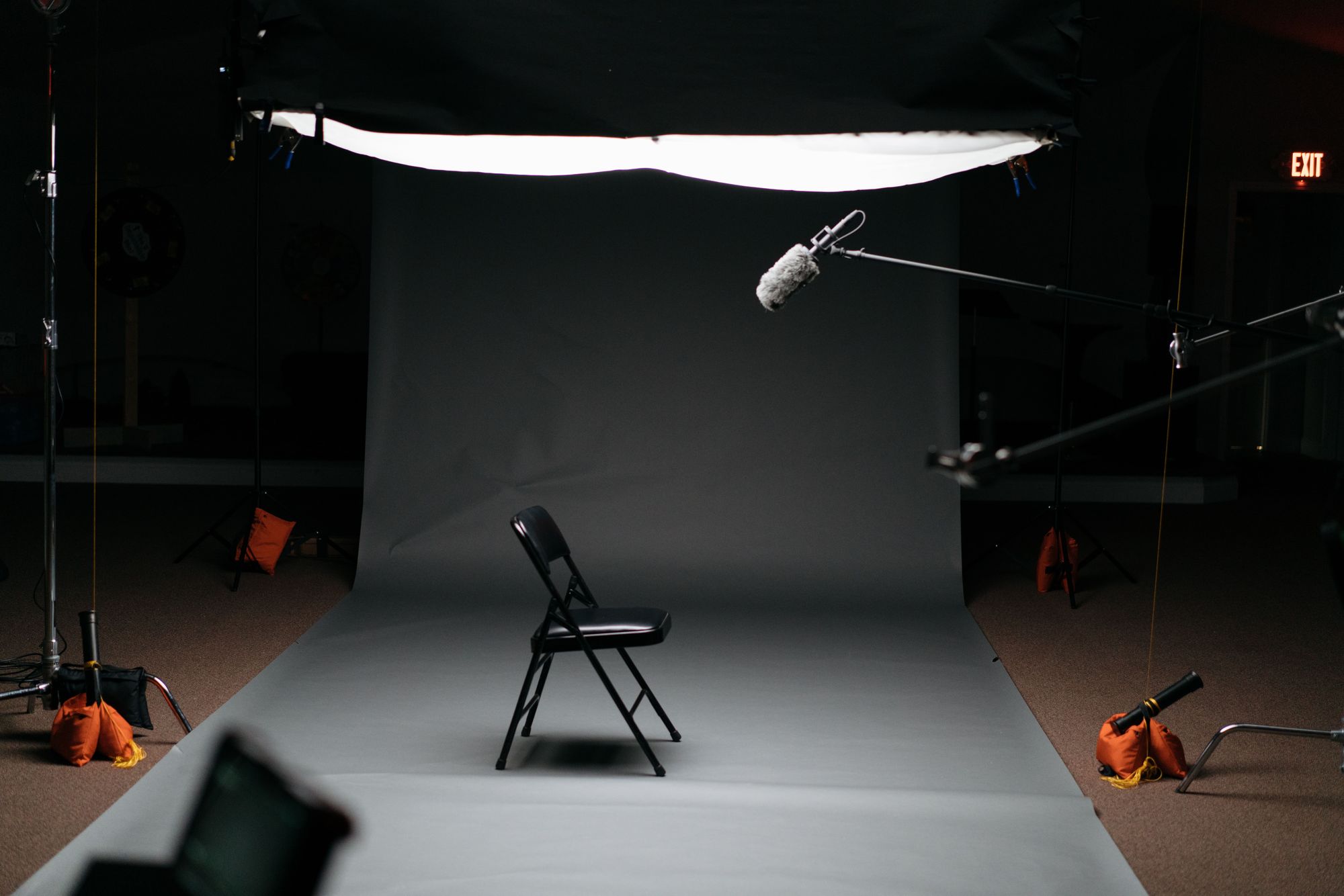
The first thing you need to do when you enter the area of your future cinematic interview is scouting the location.
You'll be looking for a spot that is visually interesting, either through having depth or a window that provides some natural light source.
That is if you're lucky. In some cases, the best you can do is try to avoid the worst backgrounds available.
If possible, you'll definitely want to stay away from dark backgrounds, overly cluttered scenes, or any distracting movement.
Watch out for ambient sound too. If the washing machine is loudly running just on the other side of the wall, your audio might be ruined. In this case, it's probably better to just relocate.
Set up your cameras
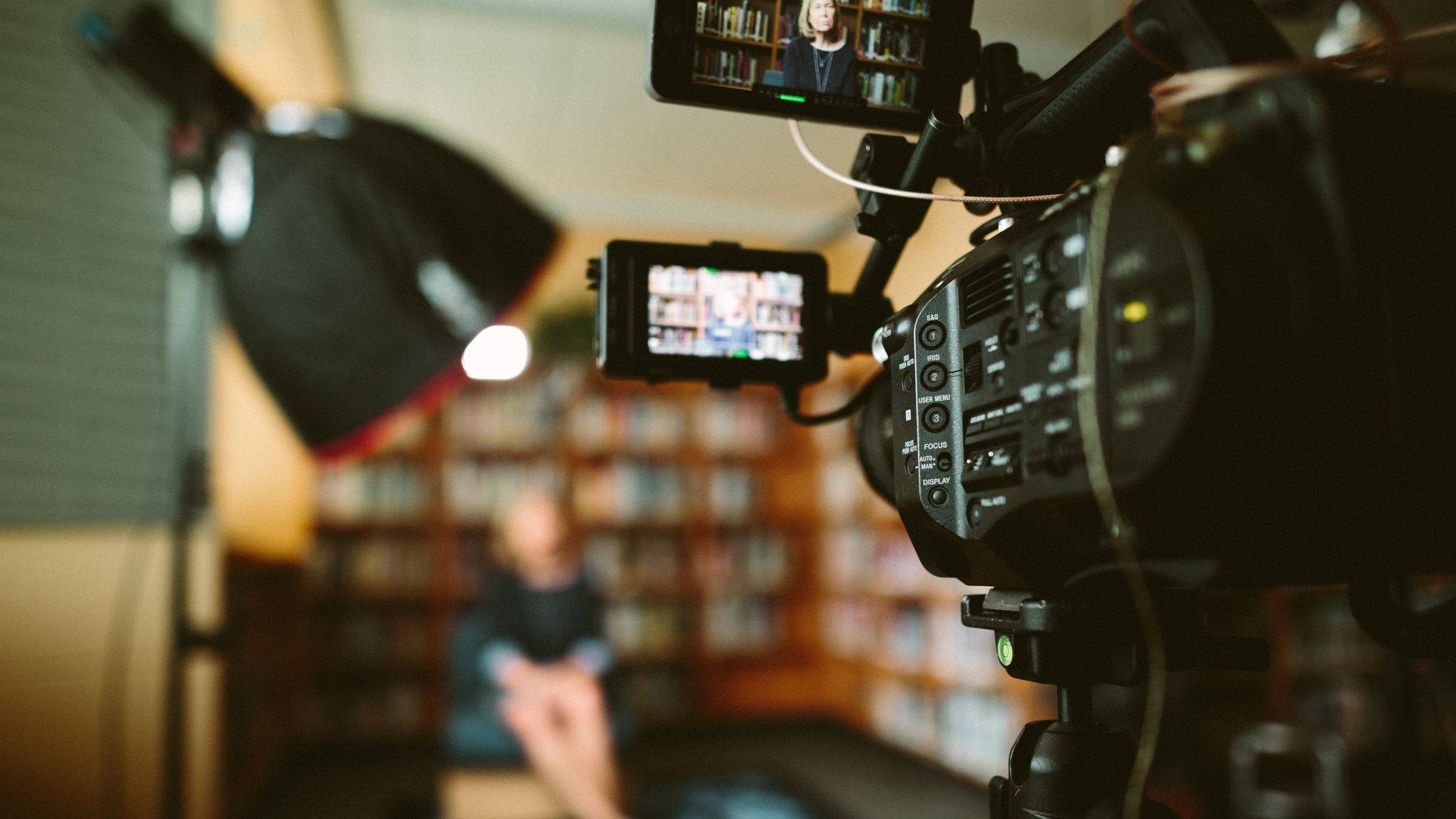
When it comes to setting up your cameras, take your time to get a flattering shot. No interviewee wants to be seen at their worst angle!
Using an eye-level shot will show your subject in a neutral, objective light, while a slight low-angle will make them appear more confident, powerful, and authoritative. Explore 50+ camera angles, movement, shots, and focus.
Shoot in 24 fps for a cinematic feel. For extra movement, including a slider for one of your cameras. A slider adds a point of visual interest and variety. Using an easy set-up have it move very slowly, automatically. This will help your production value skyrocket, almost immediately. Rent sliders and other support for smooth, cinematic interviews at a low cost.
Using a second camera
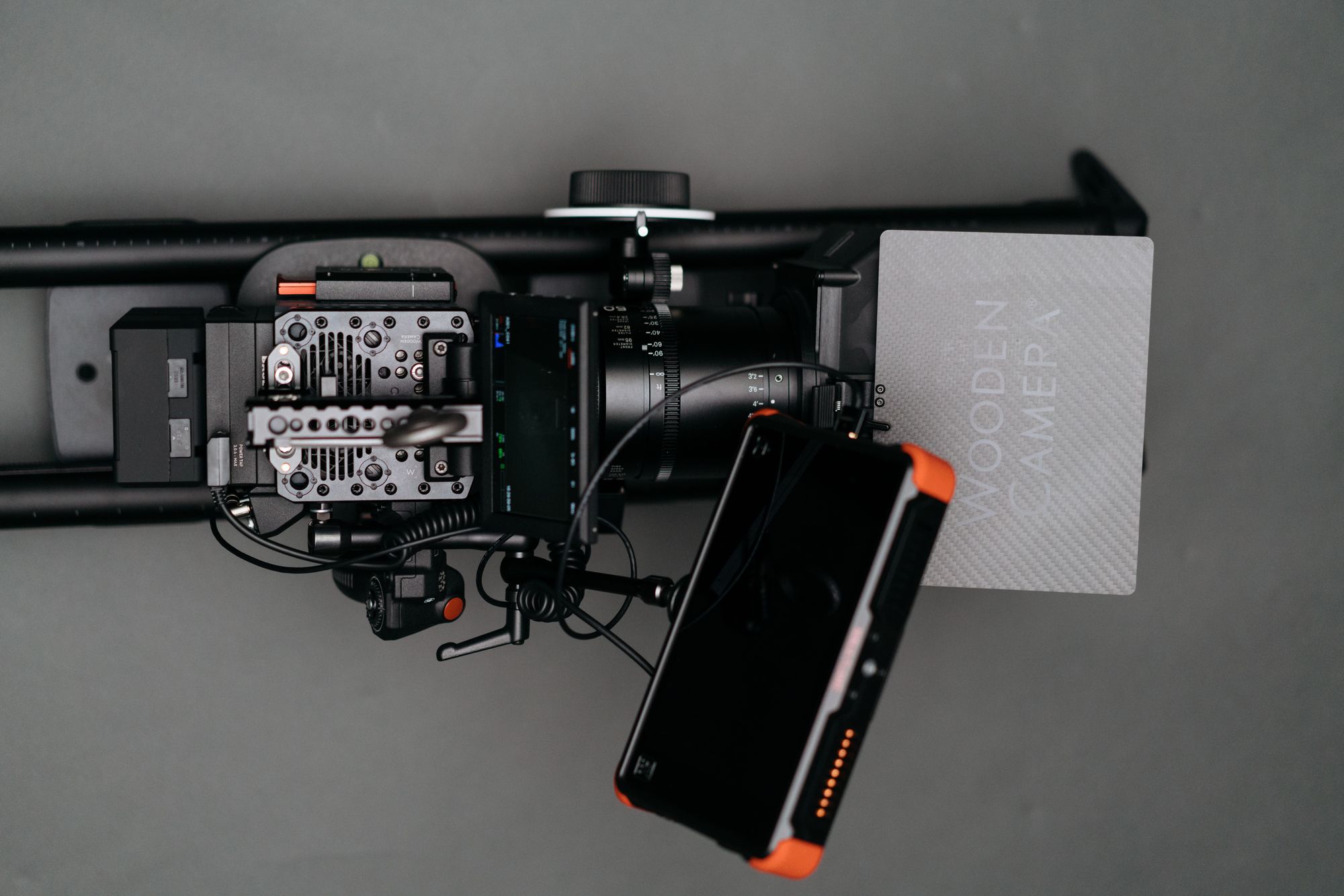
Always set up a second camera where it's possible. This camera should provide a considerably different shot, for example, by being at a 45° angle from your main, or having a tighter framing. A profile shot can also add extra drama to your cinematic interview.
The footage from this second camera will provide the perfect chance to cut away from your interviewee, especially if they hesitate a lot before answering, or trip over their words. It makes them seem more comfortable and at ease, conveying this effect to the viewers as well.
When using two cameras, using the same brand can make the editing a lot easier. Cameras from the same family tend to have similar color palettes.
Frame your shots like a filmmaker

Framing your shot and finding your composition like a professional filmmaker means following the rules of cinematography, and knowing when to ignore them.
This means you should create depth and make the subject of your interview stand out as much as possible. There are several ways to achieve this:
- Use leading lines. The lines that corners, furniture, or sometimes even set décor creates should lead the eyes of your viewers directly to your interviewee.
- Follow the rule of thirds. Place your guest on a third line and have them face the broad side of the shot, so they're facing towards the side with more space. This will generate the illusion of a natural two-way conversation.
- Give enough headspace. At least a three fingers width should do. Don't ever cut the top part of their head of, and aim for approximately a medium shot.
- Don't push your interviewee against the wall. You've worked hard to create some depth and putting the subject against the wall will completely ruin it. Leave at least a few meters between their position and the background, if possible.
- Keep the background behind your subject clean. Not just hygienic! While the rest of the shot should feel comfortable and lived-in, the area right behind your guest's head should be mostly empty. Don't let it intersect with plants, shelves, or anything distracting.
Read more about useful cinematography techniques to elevate your footage.
Lighting your cinematic interview
Lighting can make or break a scene, especially when the set itself might be lacking that bit of oomph. Still, you're not expected to show up to the location with a station car full of lighting equipment. You likely wouldn't have time to set them up anyway. So what can you do?
Classic three-point lighting

The way you can instantly make any set look significantly more attractive with manageable effort is by using classic three-point lighting.
Use a key light that hits your interviewee at a 45 ° angle with a softbox for the ultimate flattering setup. The bigger key light you can manage, the better, as it wraps around the subject instead of casting harsh shadows.
To eliminate or control any remaining shadows, use a fill light that hits your subject from the side. This will add dimension and details to your subject's face.
Finally, a backlight can help add more depth and separate the subject from the background. Creating contrast like this instantly increases the cinematic value of your shot, imitating expert film lighting.
Different light sources
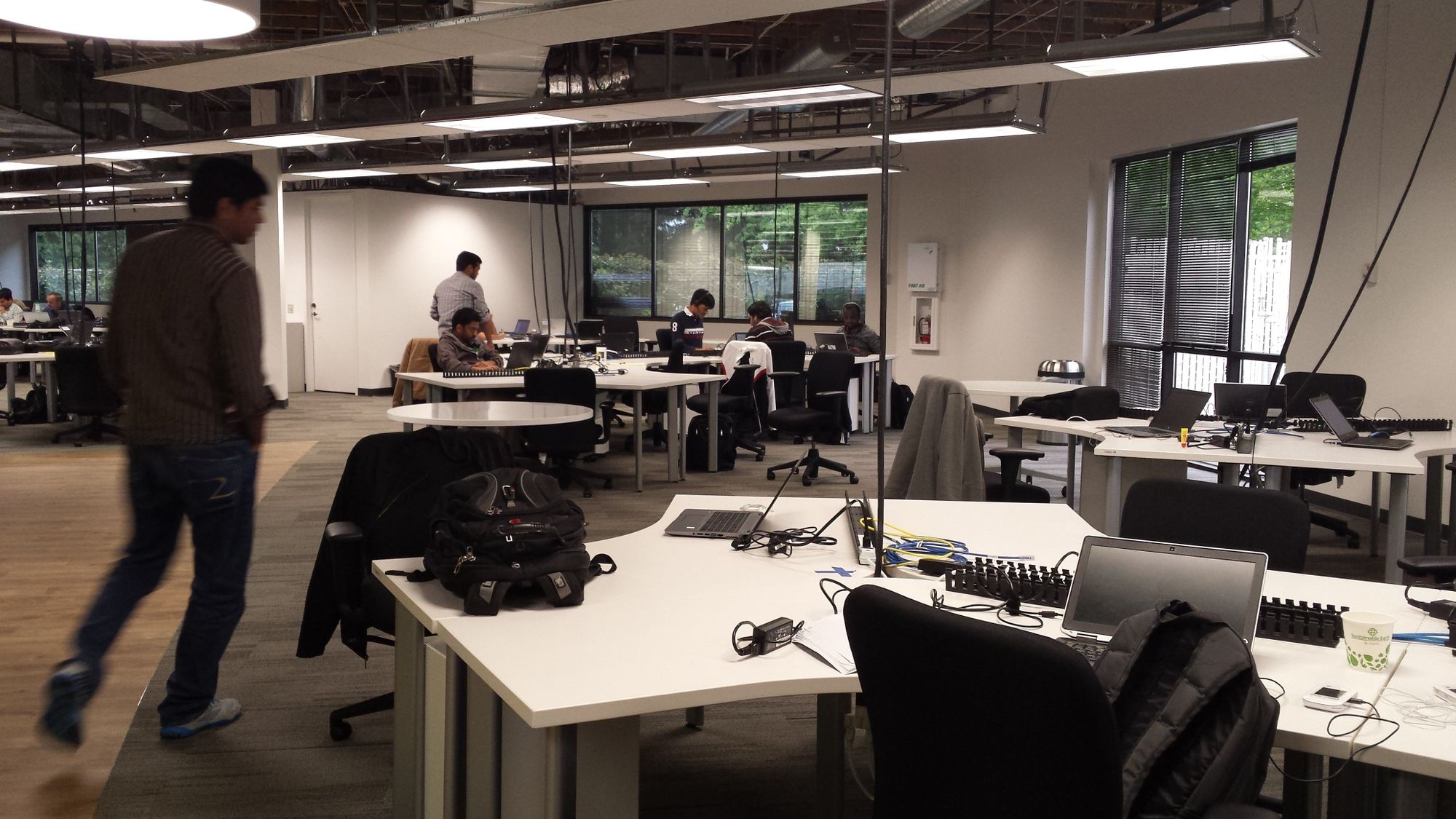
When you're working with portable lights, you'll often choose LED panels, understandably. They provide good quality, versatile light that is easy to work with. However, there are other lighting equipment and sources to consider.
Practical light is all light already present at the scene. This could include unflattering overhead lighting that floods that scene with too much light or even portable lighting sources like a desk lamp that might add a nice pop.
When using practical lighting, make sure the color temperature and quality match or complement the scene, and the light doesn't flicker. If possible, dim regular light bulbs as they tend to emit too much light.
If you have access to natural light, use it! Including a window in the background tricks viewers into thinking that the lighting in the scene is fully natural. For long shots, consider lighting the set from outside through the window for consistency.
Experiment with color to add contrast and separation to the rest of the scene. Learn more about color in film and its impact.
Decorate the set
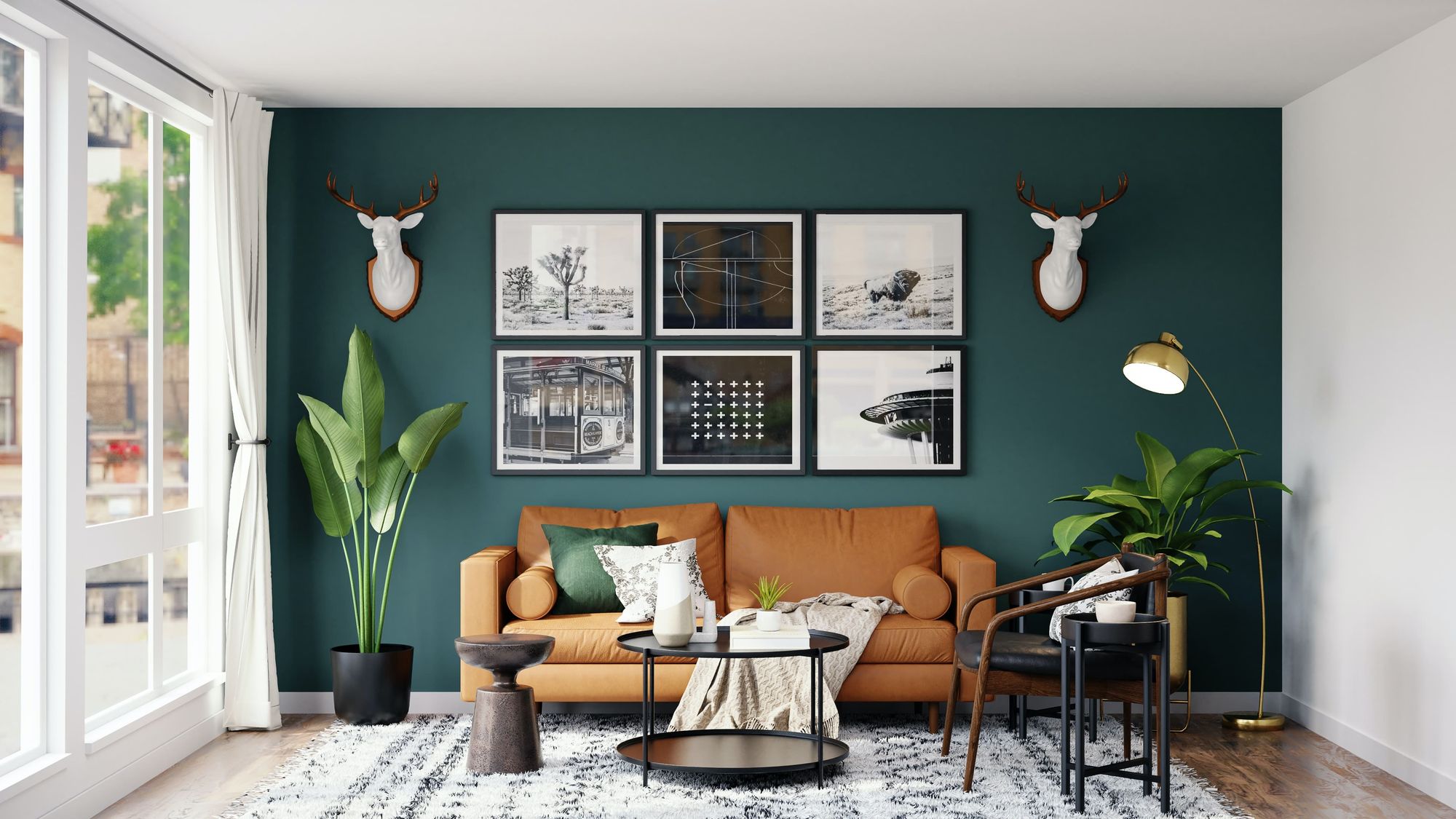
The frame is set and your guest is ready to sit, but what about the set décor?
Creating an interesting, lived-in background with a texture will make the scene more comfortable and more real. It's also the perfect way to tie the topic of a cinematic interview into the set visually!
If you're talking to an author, have large bookshelves in the background, or if you're interviewing a young mother about her experiences, including some toys or kids furniture.
Don't go overboard and distract from the main attraction. Let the brightness of certain areas in the shot guide the viewers.
Focus on audio
If you're doing an interview, audio is absolutely key.
When setting up your microphone, check that it doesn't disturb the newly set-up framing by hanging into it or casting awkward shadows.
For indoor interviews, a shotgun or boom mic on a stand will do perfectly. Point it at your guest's chest instead of their mouth to capture better audio, even they move around or slouch.
If you encounter a problem with too much echo in the room, hang textiles or sound blankets on reflective surfaces. Rugs will also do the trick, and set decoration by itself should improve the hollow sound too.
It's really hard to fix audio in the post-production so take your time and try your best to make it work.
Make your guest comfortable
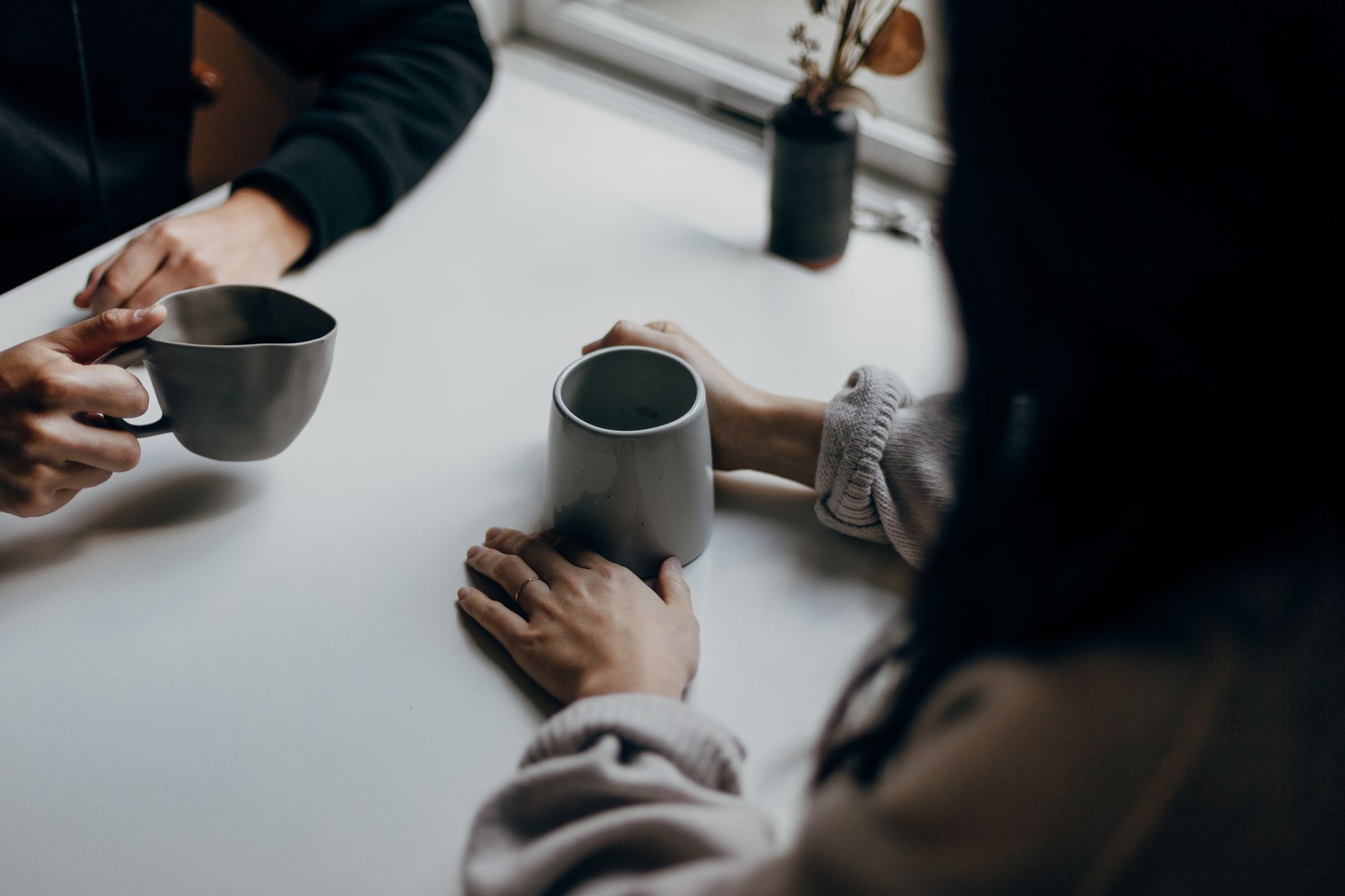
Time for shooting your cinematic interview! Now it's all on your guest and how well you're able to guide them.
Turn on the cameras even when you small talk to get them more comfortable. Be respectful, friendly, and open. Acknowledge that it might be difficult to give an interview for the first time, especially if they're behaving nervously. Ask your guest to rephrase the question before answering it, like "I started dancing when I was 5 years old." to avoid soundbites with no context, such as "at 5 years old.".
Warn the interviewee in advance that you'll mainly encourage them with non-verbal cues like nodding and smiling. Wait for a second after they finished their answer to get a clear sound your editor can easily isolate.
What's next?
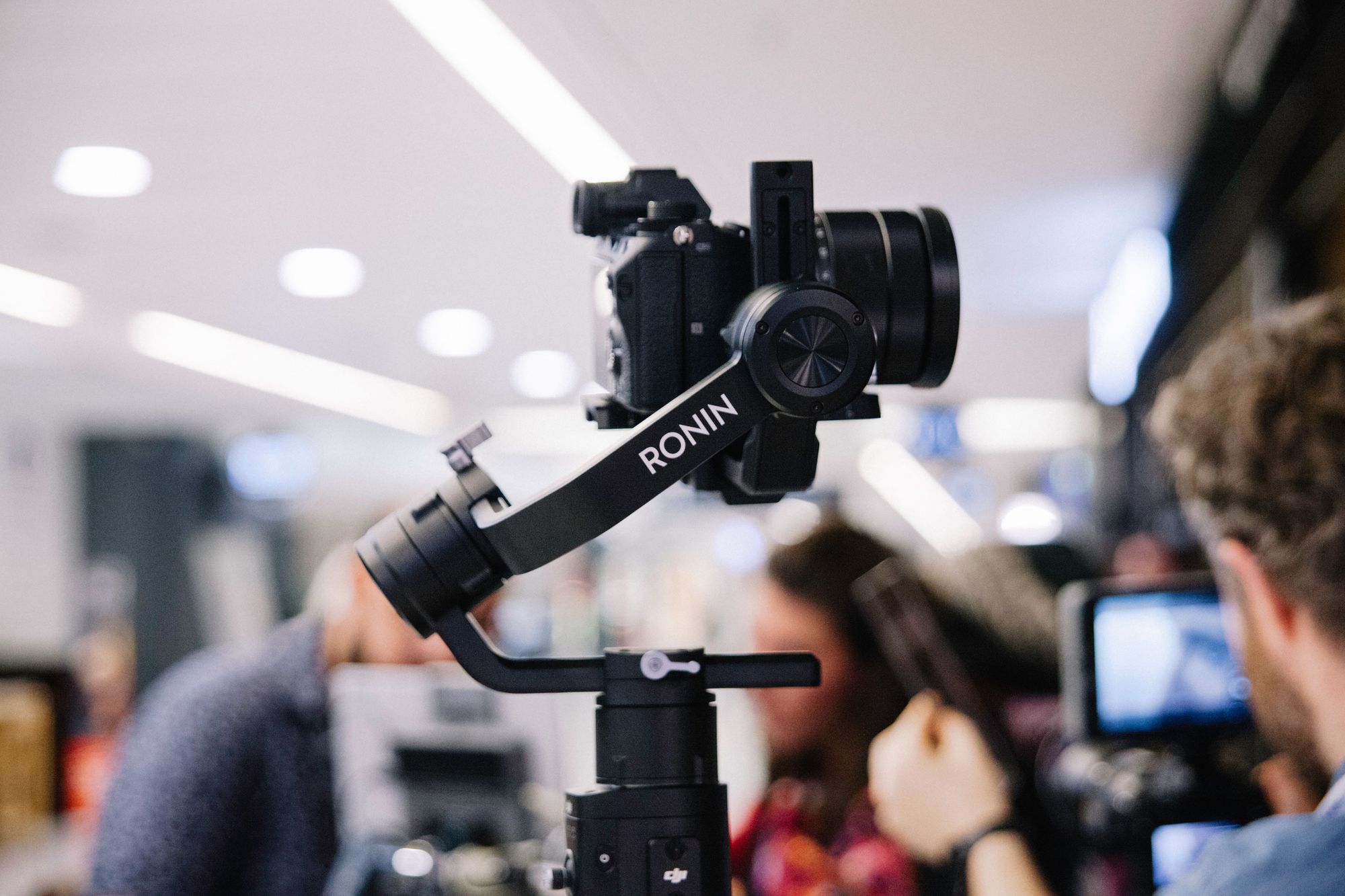
It seems like you're ready to shoot your cinematic interview! If you're interested, learn more about everything cinematography. Are you shooting your interviews for an upcoming documentary? Learn how to start with documentary filmmaking and how to go from good to great.
Happy filming!
How do you shoot cinematic interviews?
You can shoot cinematic interviews by making the most of your environment and things your have available. Frame your shot and decorate it, set up your cameras, light the scene expertly, and fire away with those questions.
How do you light an interview to look professional?
A professional interview is usually lit by a classic three-point lighting setup. This includes a key light, fill light, and a back light to add depth and dimension to the scene.





















